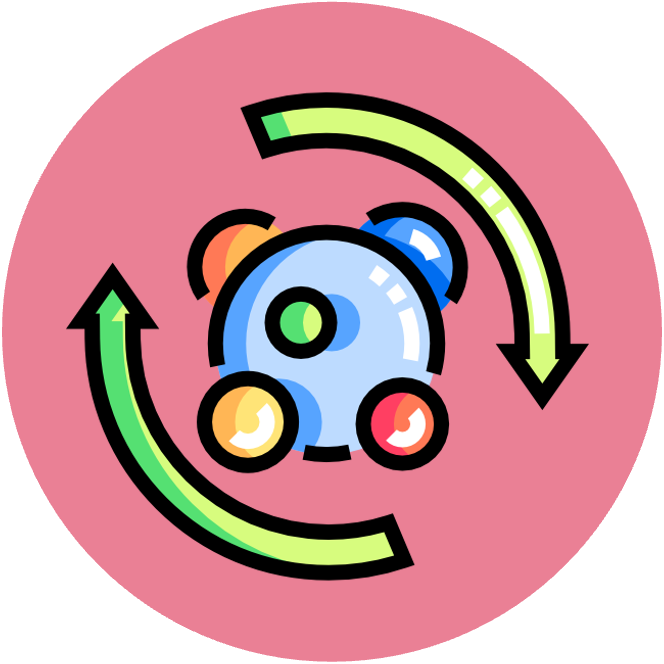

Enzymes (AHL)
AHL Content Statements
-
C1.1.11
Intracellular and extracellular enzyme-catalysed reactions
-
Include glycolysis and the Krebs cycle as intracellular examples and chemical digestion in the gut as an extracellular example.
-
C1.1.12
Generation of heat energy by the reactions of metabolism
-
Include the idea that heat generation is inevitable because metabolic reactions are not 100% efficient in energy transfer. Mammals, birds and some other animals depend on this heat production for maintenance of constant body temperature.
-
C1.1.13
Cyclical and linear pathways in metabolism
-
Use glycolysis, the Krebs cycle and the Calvin cycle as examples.
-
C1.1.14
Allosteric sites and non-competitive inhibition
-
Students should appreciate that only specific substances can bind to an allosteric site. Binding causes interactions within an enzyme that lead to conformational changes, which alter the active site enough to prevent catalysis. Binding is reversible.
-
C1.1.15
Competitive inhibition as a consequence of an inhibitor binding reversibly to an active site
-
Use statins as an example of competitive inhibitors. Include the difference between competitive and non-competitive inhibition in the interactions between substrate and inhibitor and therefore in the effect of substrate concentration.
-
C1.1.16
Regulation of metabolic pathways by feedback inhibition
-
Use the pathway that produces isoleucine as an example of an end product acting as an inhibitor.
-
C1.1.17
Mechanism-based inhibition as a consequence of chemical changes to the active site caused by the irreversible binding of an inhibitor
-
Use penicillin as an example. Include the change to transpeptidases that confers resistance to penicillin.



